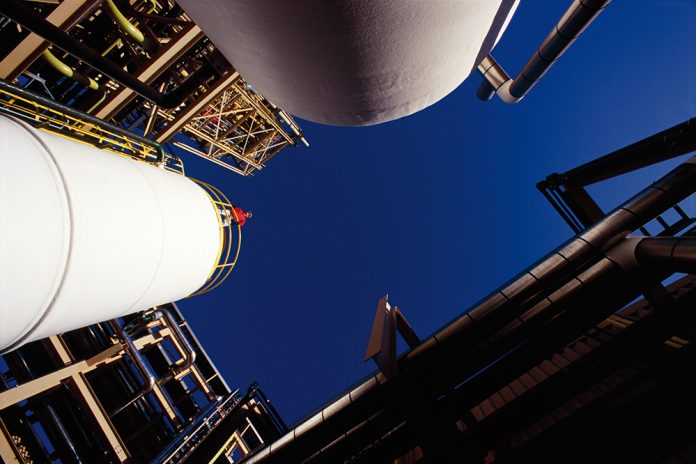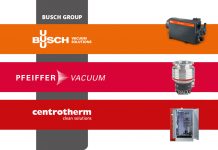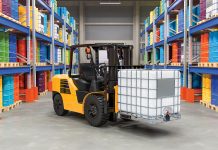One thing is clear when you visit a high performing, mature manufacturing environment – there exists an unwavering focus on keeping the product flowing across the various processes, systems and machines. Mature manufacturers place asset reliability as one of the central pillars within their manufacturing system as they know that this will ensure the product leaves the factory on time and in full and at the best possible price.
The process industry is becoming progressively dependent on the reliability and predictability of fewer more sophisticated machines and processes, meaning our focus and attention is placed on equipment operating performance. The overall effectiveness of our machines, equipment and processes is necessary to ensure the consistency of product quality and supply at a realistic and competitive price.
Manufacturers are also now managing the impact of the emerging technologies that form part of the 4th Industrial Revolution. This technology which provides better visibility and connectivity with both our customers and the wider operational system will impact how we manufacture, and how we work.
Over 30 years ago a number of ‘world class’ companies recognised that the effective application of modern technology can only be achieved through people, starting with the operators and maintainers of that applied technology, and not through systems alone. Hence the emergence of Total Productive Maintenance as the enabling tool to maximise the effectiveness of their equipment by setting and maintaining the optimum relationship between people and their machines.
The problem with the traditional definitions of TPM is that it implies the maintenance function sits outside of the manufacturing function, but it doesn’t and can’t. TPM is a fundamental system within Manufacturing & Operations. It is no longer appropriate to say ‘I operate, you fix’ and ‘I add value, you cost money’.
What an effective TPM system promotes and can deliver in the right hands is a mind-set that says ‘We are both responsible for this machine, process or equipment asset and, between us, we will determine the best way of operating and maintaining this asset in the firm belief that if you ask our opinion about that ‘best way’ and then incorporate it in our future ways of working, then we will stick with it because it’s our idea !
In our new book TPM: The Foundation of Operational Excellence we argue that there is a better way of describing TPM and that is to consider it to be Total Productive Manufacturing. By making this simple descriptive change we hope to change mindsets and encourage those deploying TPM to focus on: ownership by all within the manufacturing process, team-work and culture-change. Changing behaviours will have a powerful impact on the sustainability of the TPM programme as well as its effectiveness.
The new TPM book outlines the 11 Step model which was developed by the S A Partners and sets out a proven methodology for delivering an excellent TPM programme. The steps are:
1 Review performance criteria and history
2 Measurement & opportunity analysis of KPI’s (incl. OEE)
3 Assess hidden losses, wastes and set improvement priorities
4 Equipment criticality assessment
5 Condition appraisal and restoration plan
6 Develop future total asset care
7 Root cause analysis & problem resolution
8 Best practice & standard work
9 Individual & team skill development
10 Leadership & behaviours
11 Audit & review process









